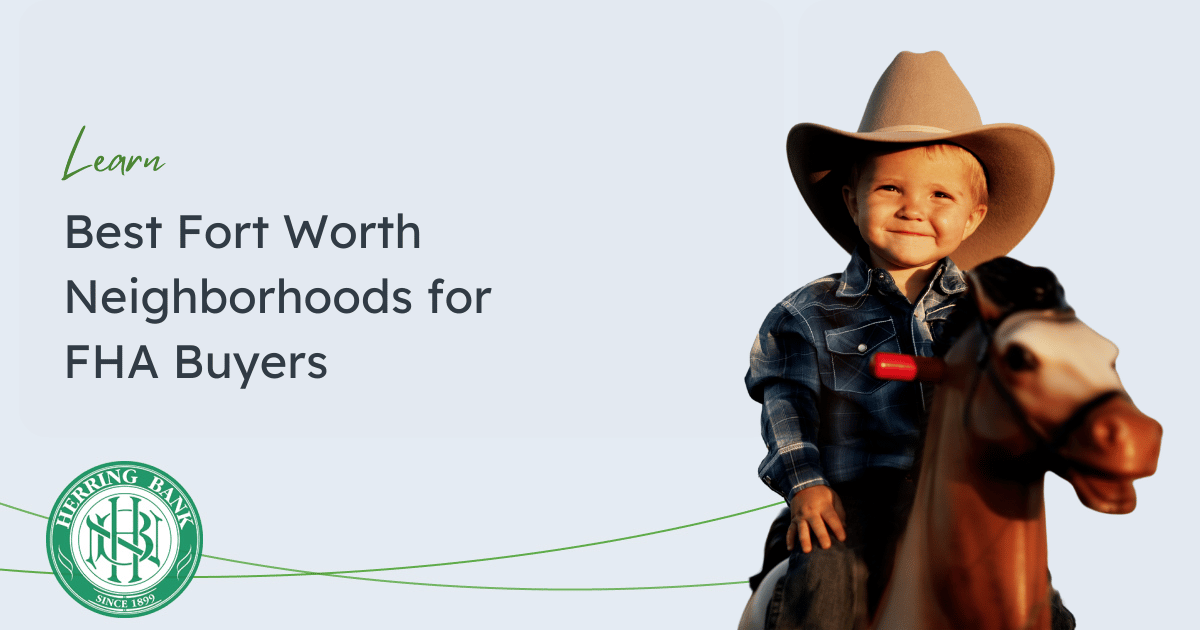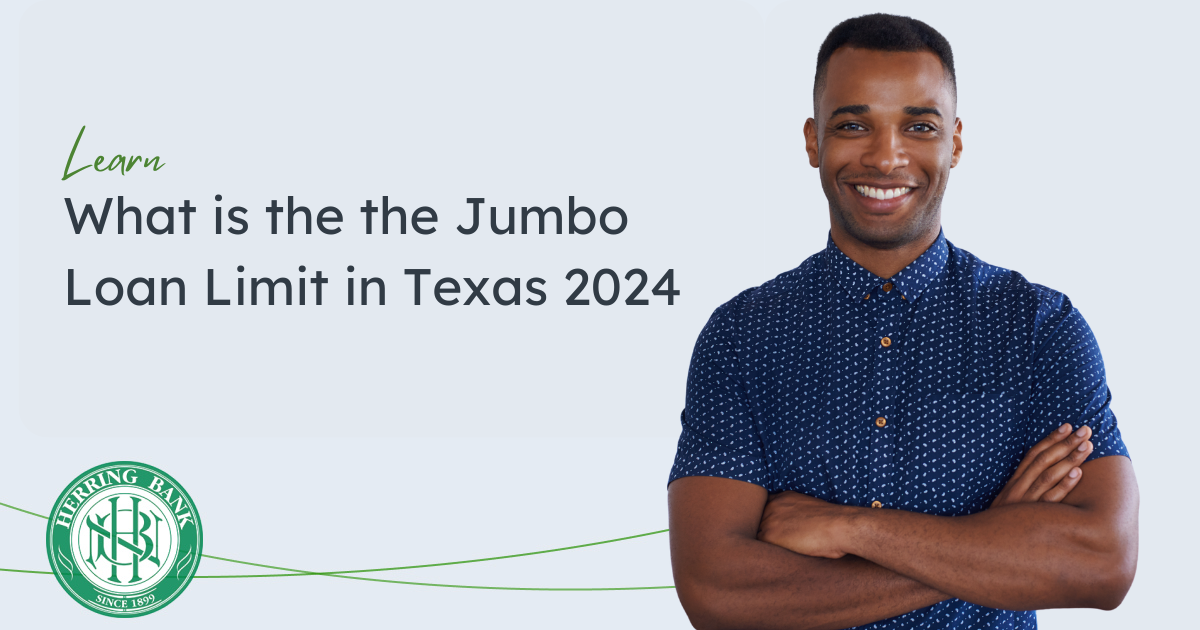
Best Fort Worth Neighborhoods for FHA Buyers: Where to Find Affordable Homes
Fort Worth, Texas, remains one of the fastest-growing cities in the U.S., driven by its booming economy, affordable housing, and cultural appeal. As 2025 unfolds, the real estate market here balances opportunities for buyers, sellers, and investors with challenges tied to affordability, inventory, and shifting demographics. This article synthesizes the latest data, trends, and policy updates to provide a comprehensive guide for navigating Fort Worth’s dynamic housing landscape.
For personalized guidance, consult a local expert or explore Herring Bank’s FHA Loan options and Fort Worth Home Loans.
2025 Market Overview
1. Population Growth and Housing Demand
Fort Worth’s population has surged past 1 million residents, fueled by corporate relocations (e.g., aerospace, healthcare) and migration from high-cost states like California. This growth has intensified demand for housing, particularly in suburban and outlying areas such as Aledo, Keller, and North Fort Worth.
- Median Home Price: $298,113 (up 5-8% from 2024).
- Rental Market: Average rent rose 22.8% since 2020, pushing renters toward homeownership.
2. Inventory Challenges
Despite new construction in communities like Walsh Ranch and Alliance, demand continues to outpace supply in sought-after neighborhoods like Tanglewood and Westover Hills.
- Active Listings: Increased by 31% in 2024, but a 3.5-month supply remains below the 6-month benchmark for a balanced market.
- Price Reductions: 30% of DFW listings saw price cuts in late 2024, signaling seller flexibility.
3. Interest Rates and Affordability
Mortgage rates stabilized at 6.2% in early 2025, slightly below 2024 peaks. While this eases affordability pressures, FHA loans remain critical for first-time buyers:
- FHA Loan Limits: $472,030 for single-family homes in Tarrant County.
- Homebuyer Assistance Program (HAP): Offers up to $25,000 for down payments/closing costs to income-eligible buyers.
Key Trends Shaping Fort Worth’s Market
1. Suburban Expansion and Infrastructure
Buyers prioritize space and affordability, driving growth in suburban hubs:
- North Fort Worth: Delays in infrastructure (roads, utilities) have slowed development, though areas like Alliance and Haslet remain hotspots.
- Sustainable Living: Energy-efficient homes with solar panels or smart tech command premiums. Over 40% of buyers seek green certifications.
2. Remote Work and Flexible Spaces
The remote work trend persists, with 35% of buyers prioritizing home offices or flex spaces. Renovations to add workspaces are up 18% year-over-year.
3. Rising Investment in Workforce Housing
Fort Worth’s Housing Affordability Strategy targets low- and middle-income residents through:
- Land Banks: Acquiring foreclosed properties for affordable housing.
- Community Land Trusts (CLTs): Ensuring long-term affordability in neighborhoods like Southeast Fort Worth.
- HOME Fort Worth Coalition: A nonprofit alliance advocating for fee waivers and funding to accelerate affordable housing development.
Neighborhood Spotlights
1. Southside Fort Worth
- Median Price: $275,000
- FHA Appeal: Ideal for fixer-uppers using FHA 203k loans. Proximity to the Fort Worth Zoo and Near Southside’s cultural district attracts young professionals.
2. Ridgmar
- Median Price: $320,000
- Suburban Growth: Access to Ridgmar Mall and top-rated schools (e.g., Western Hills Primary) make it a family favorite.
3. Benbrook
- Median Price: $350,000
- Outdoor Lifestyle: Lake Benbrook and trails appeal to outdoor enthusiasts. Inventory includes mid-century homes and new builds.
4. Fairmount Historic District
- Median Price: $375,000
- Renovation Hotspot: 40% of 2024 buyers used FHA 203k loans to restore Craftsman bungalows.
Opportunities for Buyers
1. First-Time Buyers
- FHA Loans: Low down payments (3.5%) and flexible credit requirements.
- HAP Grants: Pair with FHA financing to reduce upfront costs.
2. Investors
- Rental Market: High demand for single-family rentals; average ROI rose to 8.5% in 2024.
- Build-to-Rent Communities: Expanding in Walsh Ranch and Alliance, targeting young professionals.
3. Luxury Buyers
- Westover Hills: Median price $1.2M. Gated communities and proximity to cultural amenities drive demand.
Challenges to Watch
1. Affordability Crisis
- Displacement Risks: Hispanic and Black residents in Southeast Fort Worth face rising rents and property taxes.
- Homelessness: 5,000 Tarrant County residents experienced homelessness in 2024.
2. Infrastructure Delays
North Fort Worth’s growth is hampered by slow permit approvals and utility expansions.
3. Interest Rate Sensitivity
Buyers with budgets under $300,000 face tighter margins as rates fluctuate.
Future Outlook
1. Price Projections
- 2025 Forecast: 1-2% price growth, with median values reaching $305,000 by year-end.
- 2026: Modest gains expected as inventory catches up to demand.
2. Policy Impact
- 2026 Bond Program: Potential inclusion of $100M for affordable housing.
- Zoning Reforms: Expanded mixed-use zoning to boost density in urban cores.
3. Economic Drivers
- Job Growth: 11.2% employment increase since 2020, led by tech and logistics.
- Corporate Relocations: Companies like Texas Instruments (Sherman) and Hillwood (Alliance) fuel housing demand.
Conclusion
Fort Worth’s 2025 real estate market offers a mix of opportunity and complexity. Buyers can leverage FHA loans and city programs like HAP, while sellers benefit from high demand in suburban and historic areas. Investors should monitor build-to-rent trends and infrastructure developments in North Fort Worth. Despite affordability challenges, initiatives like HOME Fort Worth and land banks aim to preserve the city’s diverse housing stock.
Sources:
- Fort Worth’s Affordable Housing Strategy
- DFW Market Forecasts
- Neighborhood Trends






